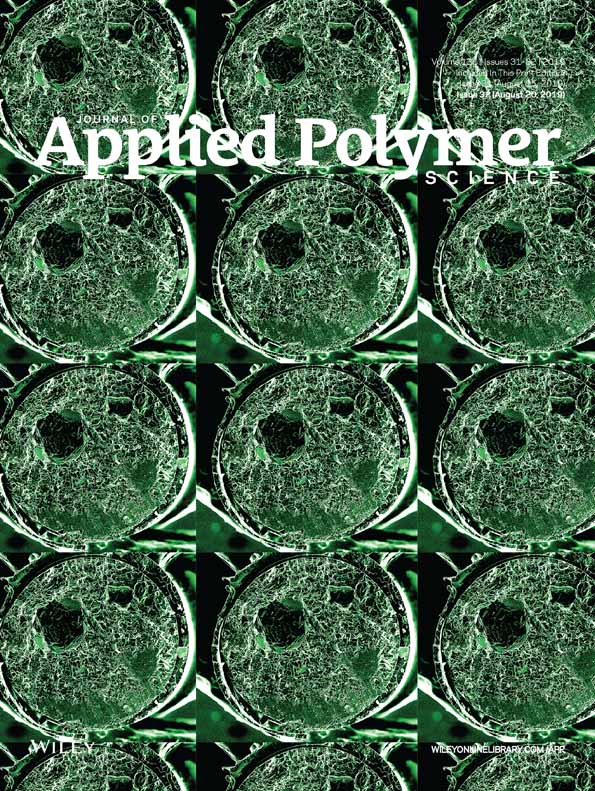Encapsulation of polar phase change materials via multiemulsification and crosslinking method and its application in building
ABSTRACT
Phase change microcapsules are prepared using chitosan as shell material and aliphatic alcohol/aliphatic acid as core material via multiemulsification and crosslinking method. During the phase change process, the phase change microcapsules store and release heat energy. The enthalpy value of these phase change microcapsules is high enough to be used for application. Suitable phase change temperature can be obtained by changing the core material easily. The resulted microcapsules showed excellent thermal stability. Thermal gravity analysis results showed that the microcapsules remain stable below 200 °C. The microcapsules also exhibited good solvent resistance because of the crosslinking of the shell material chitosan. By integrating the microencapsulated phase change materials (2.5%) into building walls, the inner temperature of model house remained 2 °C higher than that without PCM during the test process. © 2019 Wiley Periodicals, Inc. J. Appl. Polym. Sci. 2019, 136, 47837.




